Introduction
Species of nonnative reptiles breeding in Florida currently outnumber native species. This imbalance is illustrated by the fact that the four largest lizards breeding in Florida are from Africa, South America, Central America, and Mexico.
This fact sheet serves as a guide to several commonly confused species. The large lizards described here are invasive in south Florida, arriving through the pet trade. Tegus, monitors, and spiny-tailed iguanas are diet generalists and opportunistic feeders, consuming various native fruits, insects, small reptiles, and occasionally small mammals and birds. Tegus and monitors have an affinity for eggs, making them a threat to ground-nesting birds and reptiles, including threatened and endangered species such as American crocodiles, burrowing owls, shorebirds, and sea turtles. Green iguanas are a pest in suburban areas and may harm native plants and animals in natural areas, however their biggest threat is to infrastructure such as seawalls and levees, which they damage by burrowing into and under them. Preventing these lizards from spreading into vulnerable natural areas will save time and money down the road.
Use this guide to correctly identify large-bodied lizards and immediately report sightings of monitors and tegus to 888-IVE-GOT1. Because they are very widespread, green iguanas are not necessary to report. Additional information on removing nuisance iguanas from your property is included in this fact sheet.
Even if you are not sure what something is, it is important to take a photo of any suspicious-looking lizard and report it to https://www.eddmaps.org/florida/report/. Reporting helps managers understand existing threats and may even help prevent the establishment of a new invader.
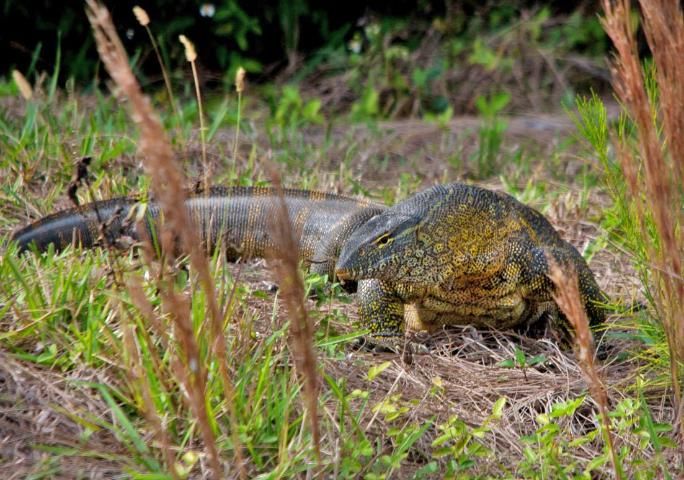
Credit: Nick Scobel, UF
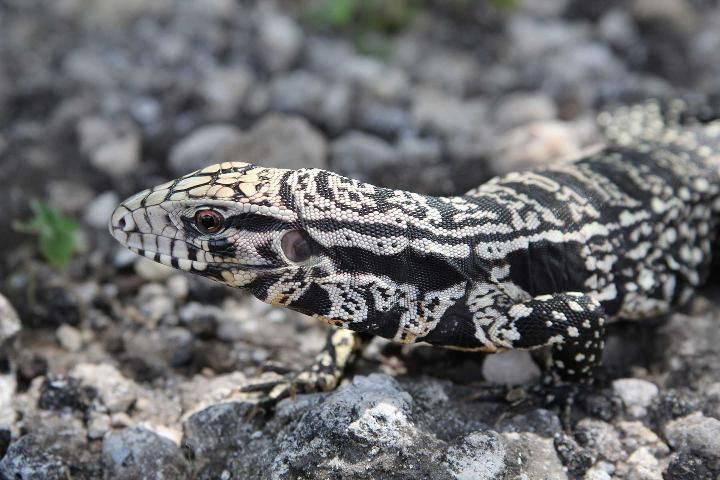
Credit: Robin Bijlani, UF
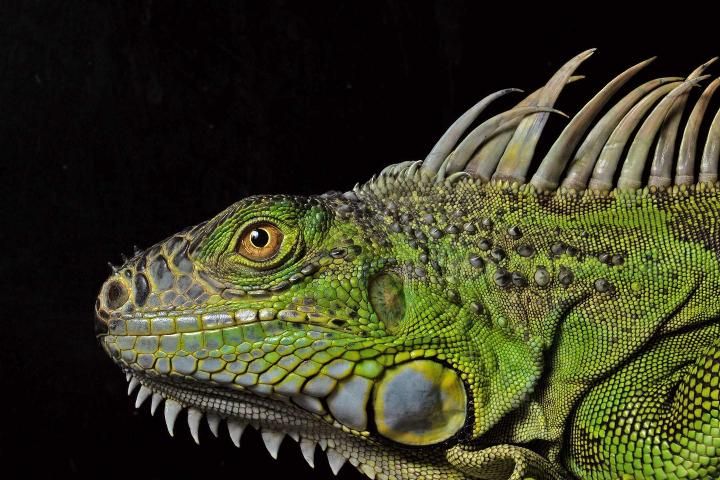
Credit: Justin Dalaba, UF
Tegus
Three tegu species have been found in south Florida. Argentine black and white tegus (Salvator merianae) are breeding in Miami-Dade County and Hillsborough County. Their core population is centered in Florida City and is spreading. Evidence suggests gold tegus (Tupinambis teguixin) are also reproducing in the wild in Miami-Dade County. Red tegus (Salvator rufescens) have been found in south Florida, but with no evidence of breeding. Tegus spend most of their time on land and are often observed on roadsides or disturbed areas.
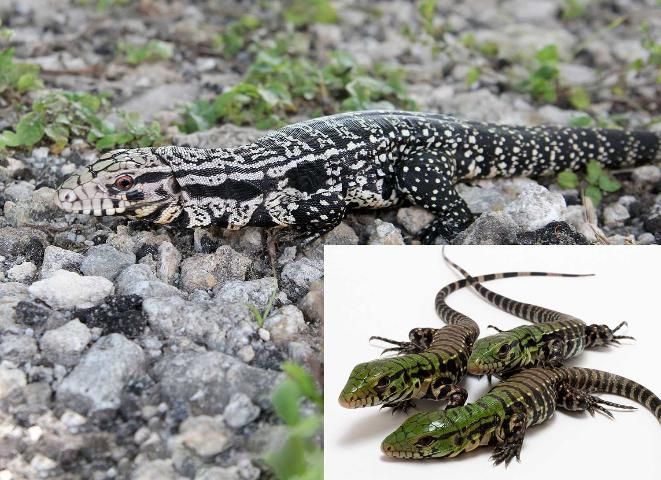
Credit: Robin Bijlani and Justin Dalaba, UF
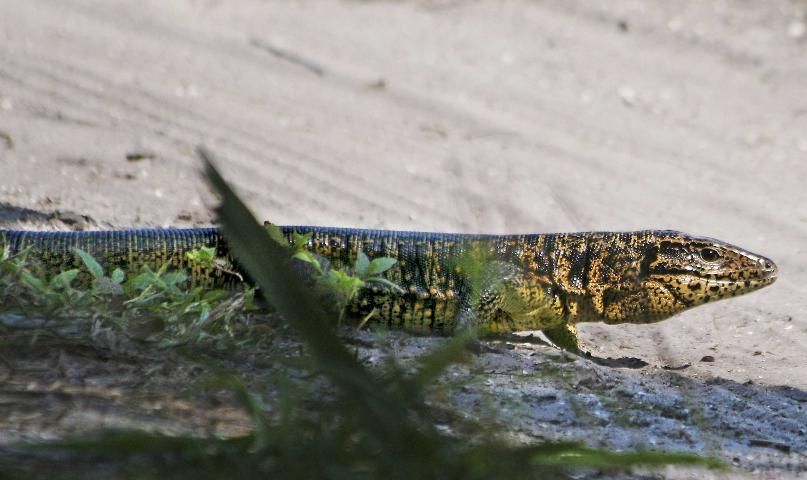
Credit: Florida Museum of Natural History
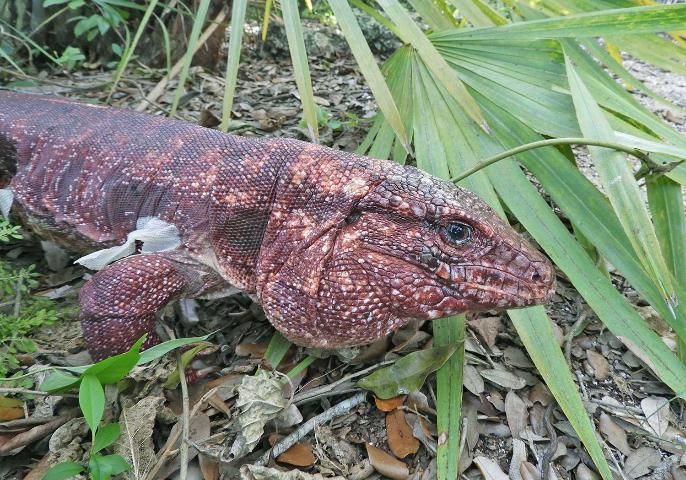
Credit: Joseph Wasilewski
Monitors
Several species of monitor lizards have been found in south Florida. Nile monitors (Varanus niloticus) have localized breeding populations in Palm Beach and Lee counties and are often reported in Miami-Dade and Broward counties. Other species, such as the Asian water monitor (Varanus salvator) and savannah monitor (Varanus exanthematicus) have been found in south Florida but are not known to be breeding. These semi-aquatic lizards prefer to be near water, like the C-51 canal in Palm Beach County. Their long, rudder-like tails and sharp claws enable them to traverse both wet and dry habitat with ease.
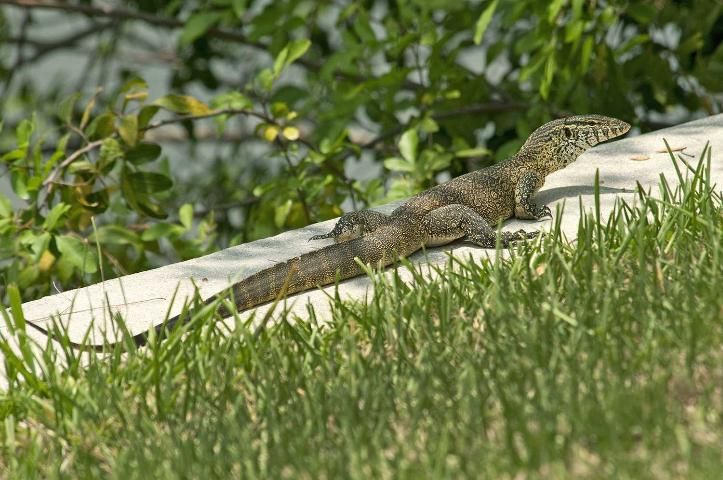
Credit: Bill Bayless
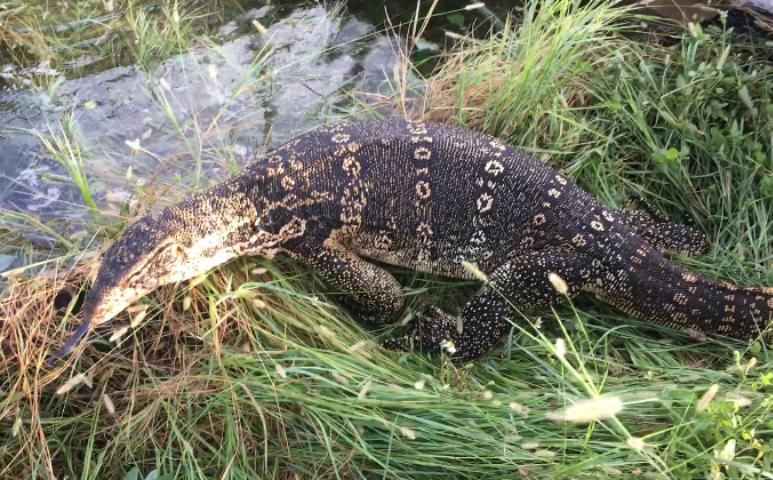
Credit: Ashley Lawrence, FWC
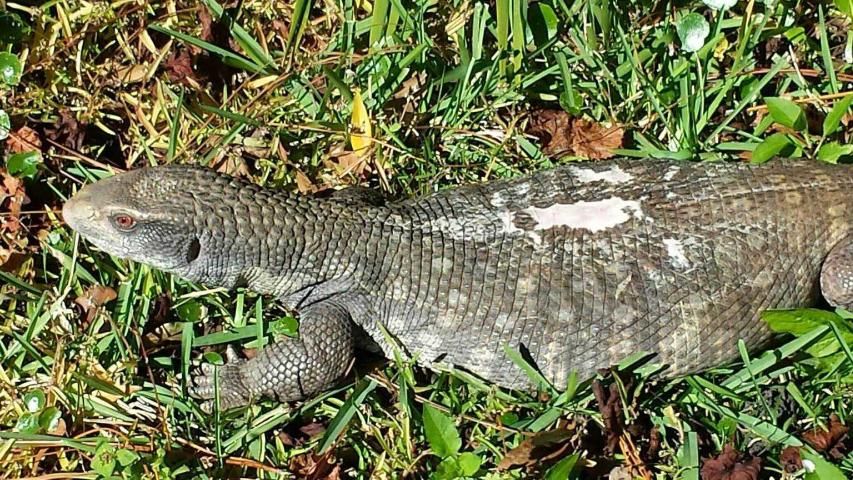
Credit: EDDMapS
Iguanas
Green iguanas (Iguana iguana) are the most widely established large nonnative lizards in Florida. Two other iguana species can be found in several populations throughout Florida: black spiny-tailed (Ctenosaura similis) and Mexican spiny-tailed iguanas (Ctenosaura pectinata). Iguanas are often confused with monitors and tegus due to their large size. They are frequently observed in rocky habitat and along canals or in urban areas. While green iguanas prefer to eat fruits and vegetation, spiny-tailed iguanas tend to be omnivorous, posing more of an immediate threat to native wildlife.
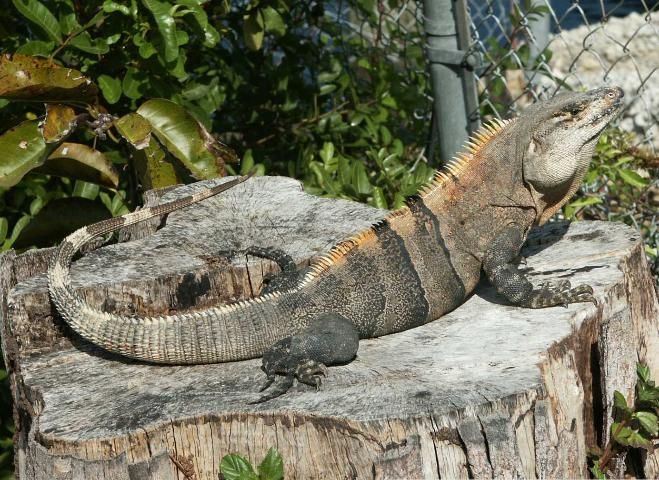
Credit: UF
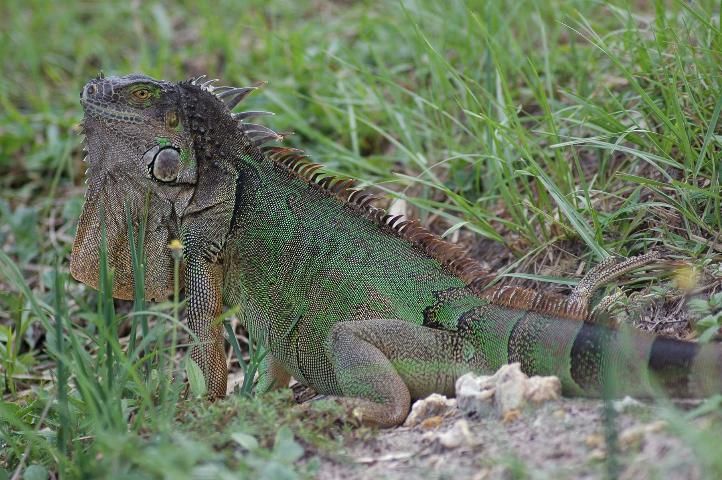
Credit: UF
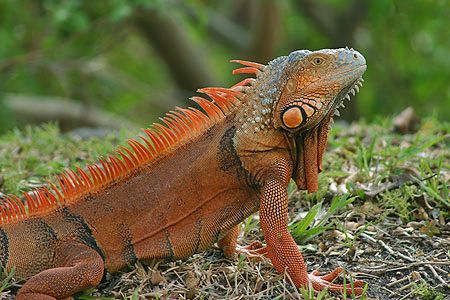
Credit: Florida Museum of Natural History
How to Report
Report sightings of monitors and tegus:
- Take a photo
- Note the location
- Call 888-IVE-GOT-1 or report online at Ivegot1.org
For information on removing nuisance iguanas from your property, visit: https://edis.ifas.ufl.edu/publication/in528
https://myfwc.com/wildlifehabitats/profiles/reptiles/lizards/green-iguana/
For additional information on invasive species and reporting, visit: Evergladescisma.org
For More Information Contact
Frank J. Mazzotti
UF/IFAS Fort Lauderdale Research & Education Center
3205 College Ave., Davie, FL 33314
Email: fjma@ufl.edu